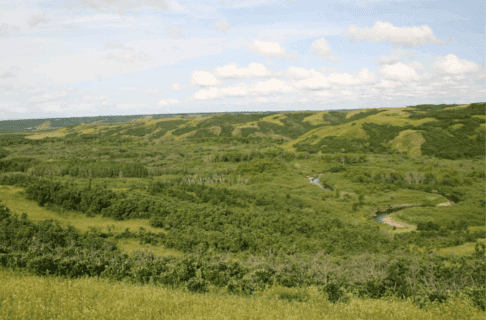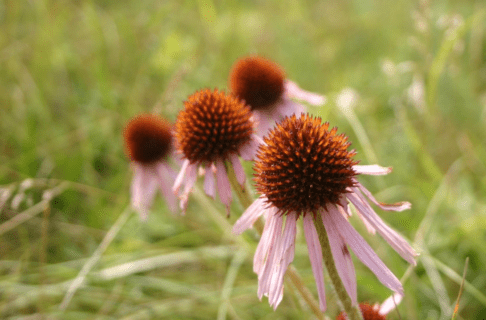Posted on: Friday November 15, 2013
Post-apocalyptic and dystopian fiction is all the rage these days. From zombie plagues (World War Z, The Walking Dead), to genetic engineering gone wrong (Oryx and Crake, MaddAddam), to who knows what (The Road), people are clearly fascinated with this somewhat morbid genre. Reading these stories made me realize that most people are ill-equipped to deal with a world overrun by the living dead, ill-tempered intelligent swine or bloodthirsty cannibals. Sadly, most people can identify more corporate logos than they can edible and medicinal plants. Sorry to say but knowing what the Nike logo looks like won’t help you treat an infection or keep you from starving to death while on the run from skin-eating mutants! So with all this in mind here are my top 10 plants that everyone should know how to identify in case the worst should ever come to fruition.
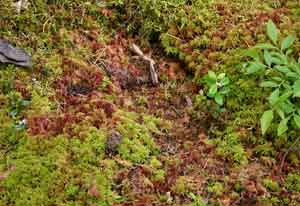
1. Sphagnum moss
(Sphagnum spp.)
There’s a reason why bog mummies don’t decompose! Sphagnum moss has antibacterial and antifungal properties and can help prevent wounds from becoming infected. It is also highly absorbent and can be used as an emergency bandage for zombie bites.
Identification: Sphagnum mosses are found in boggy areas, are often reddish in colour, and have short branches clustered together and a little pom-pom of leaves at the top.
Image: Sphagnum moss-the perfect plant for zombie bite emergencies!
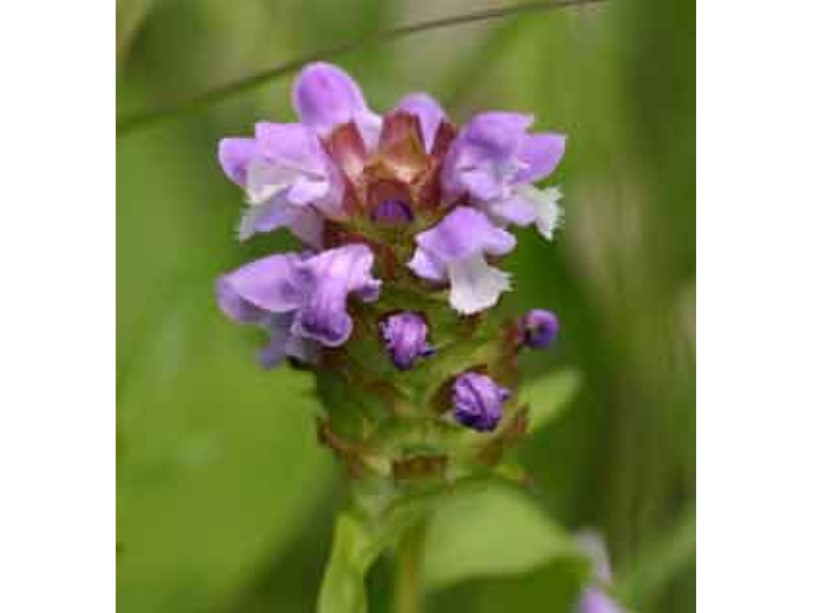
2. Heal all
(Prunella vulgaris)
Heal all has been used traditionally to umm, well, heal all sorts of things. Since it contains tannins, essential oils, and saponins it has astringent, anti-inflammatory, and antiseptic properties. The plant can be used as a poultice on wounds and as a bonus it’s also edible containing vitamins A, C, and K!
Identification: This member of the mint family occurs in moist prairies and wetland edges. It has opposite leaves, a square stem and a dense spike of white and purple two-lipped flowers.
Image: Heal all: you can eat it or use it staunch a wound.
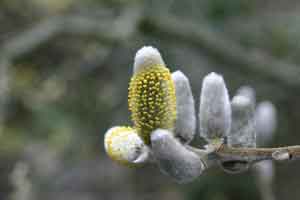
3. Willow
(Salix spp.)
Tea made from willow bark contains salicin, which is related to acetylsalicylic acid, the active ingredient in aspirin. In spring, the young leaf buds are edible, being especially rich in vitamin C. Young shoots and shredded inner willow bark can also be cooked and eaten. Additionally, most willows are very pliable and can be used to make rope, fishing nets, baskets, or shelters.
Identification: Typically found around wetlands, willows have a distinctive cap-like scale over the leaf and flower buds, and simple, linear leaves. Their flowers occur in dense, fuzzy clusters.
Image: Willow bark tea can cure those apocalypse blues headaches!
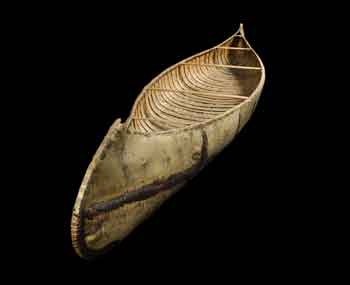
4. Paper birch
(Betula papyrifera)
Once we run out of gas, transportation will be a problem so you’ll have to go back to using the oldest form of North American transportation – a canoe. Since zombies and mutant pigs can’t swim, water transportation is a definite advantage.
In addition to making great canoes, the outer bark of paper birch can be peeled off and used to make tents, torches, kindling, slings, sleds, snowshoes, arrows and a variety of containers. Birch sap can also be collected in the spring like maple sap and eaten.
Identification: Recognizable by its distinctive whitish bark and catkins (caterpillar-like hanging flower clusters).
Image: A traditional birch bark canoe can help you evade those landlubber zombies.
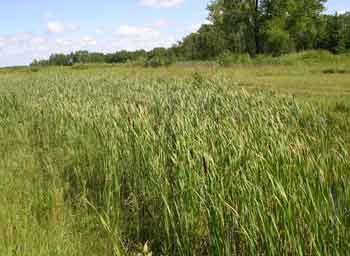
5. Cattails
(Typha spp.)
This is probably the most useful edible plant in Canada as most of the parts can be eaten. The rhizome can be eaten raw if necessary or used to make a type of flour. Fresh shoots can be eaten like celery. The green flower heads can be eaten raw or cooked like corn on the cob. The high protein pollen can be used as flour. The fluff can act as emergency insulation and the leaves used to make sleeping mats.
Identification: Long, strap like leaves and an unusual flower stalk that looks like a hot dog on a stick.
Image: Cattail: Abundant and nutritious food for when you’re on the run.
Coming soon in part 2: the final five plants of the apocalypse!
(Caution: Some edible plants, mushrooms and berries can be easily confused with poisonous ones. Make sure you have correctly identified a plant before eating it. If you are truly serious about learning to identify and use wild plants, I highly recommend taking a survival training or edible plant course).




